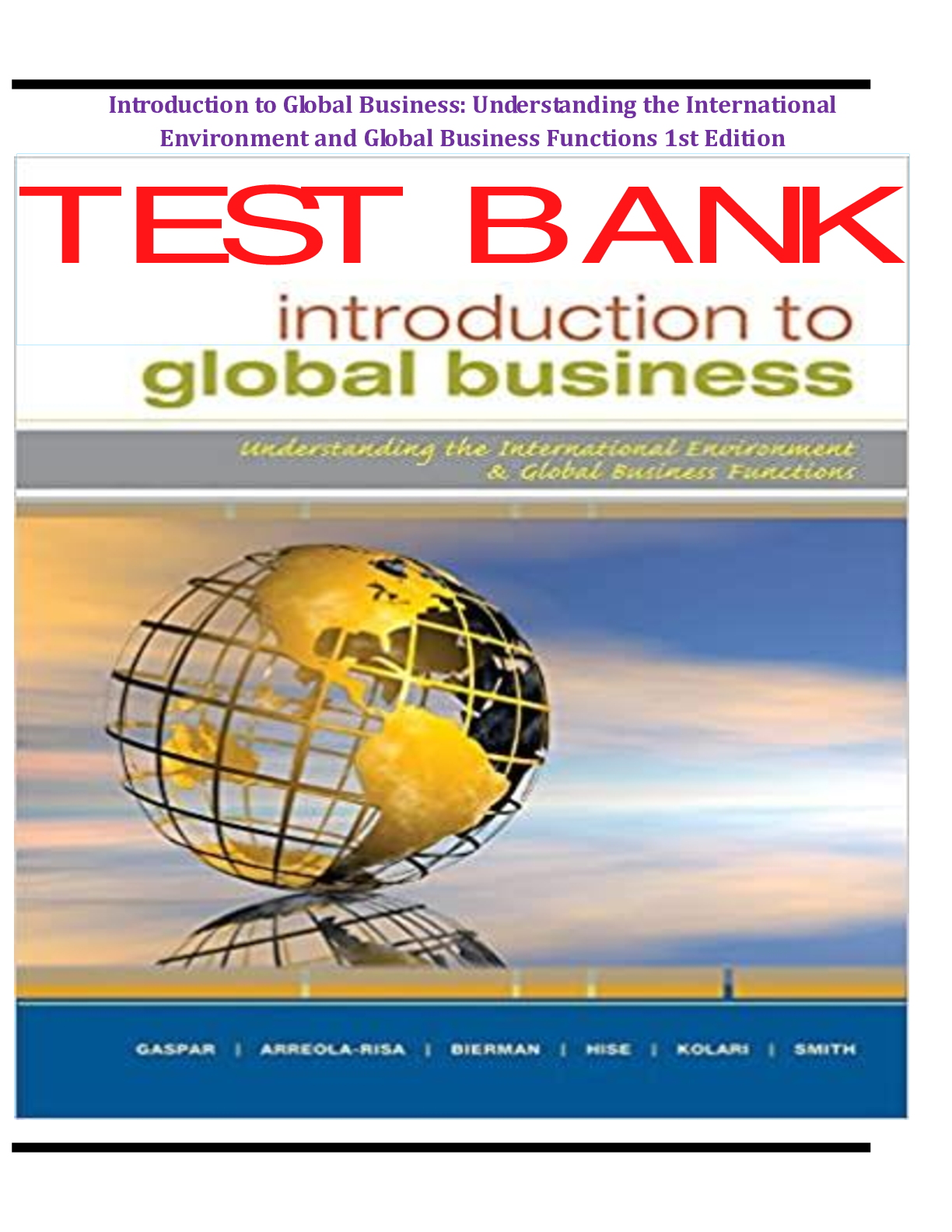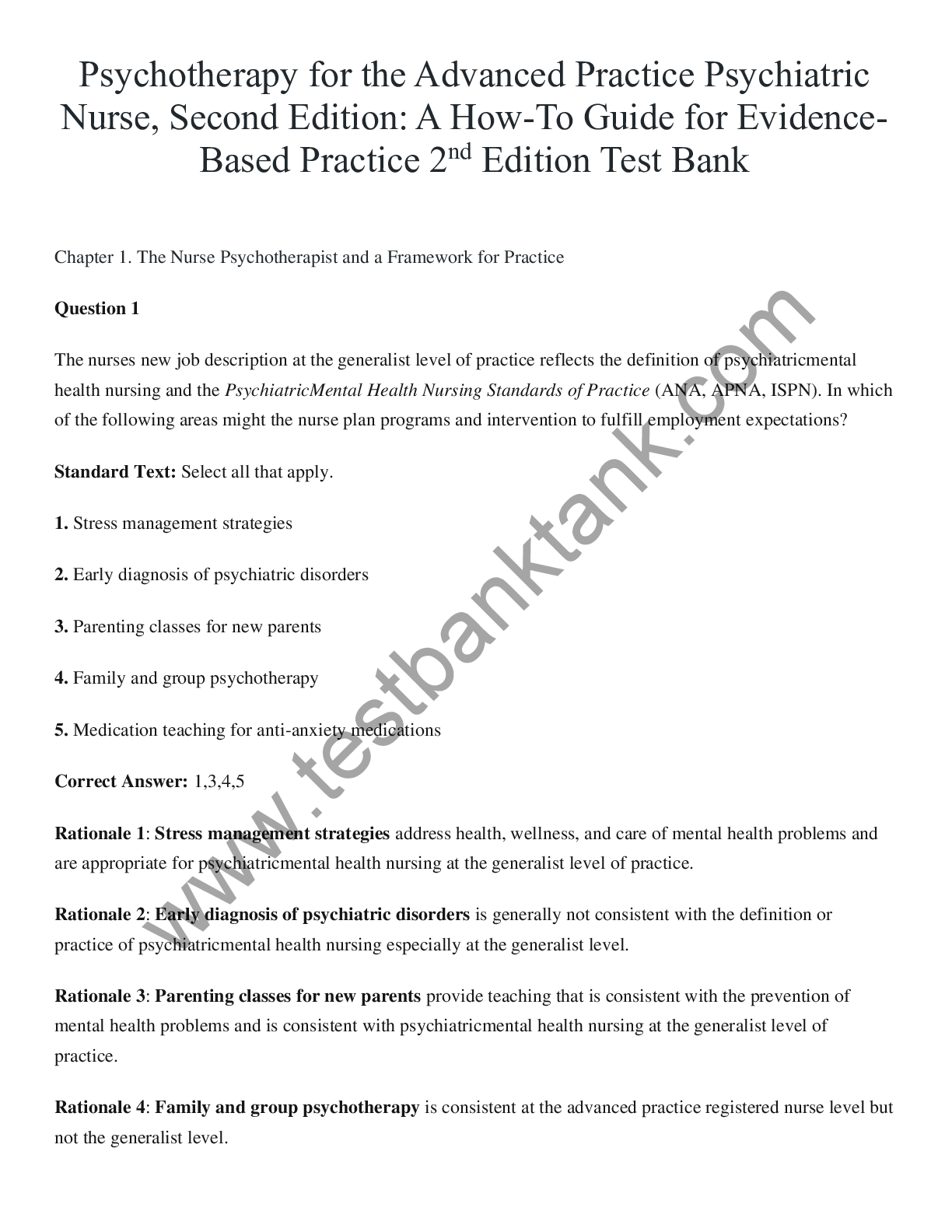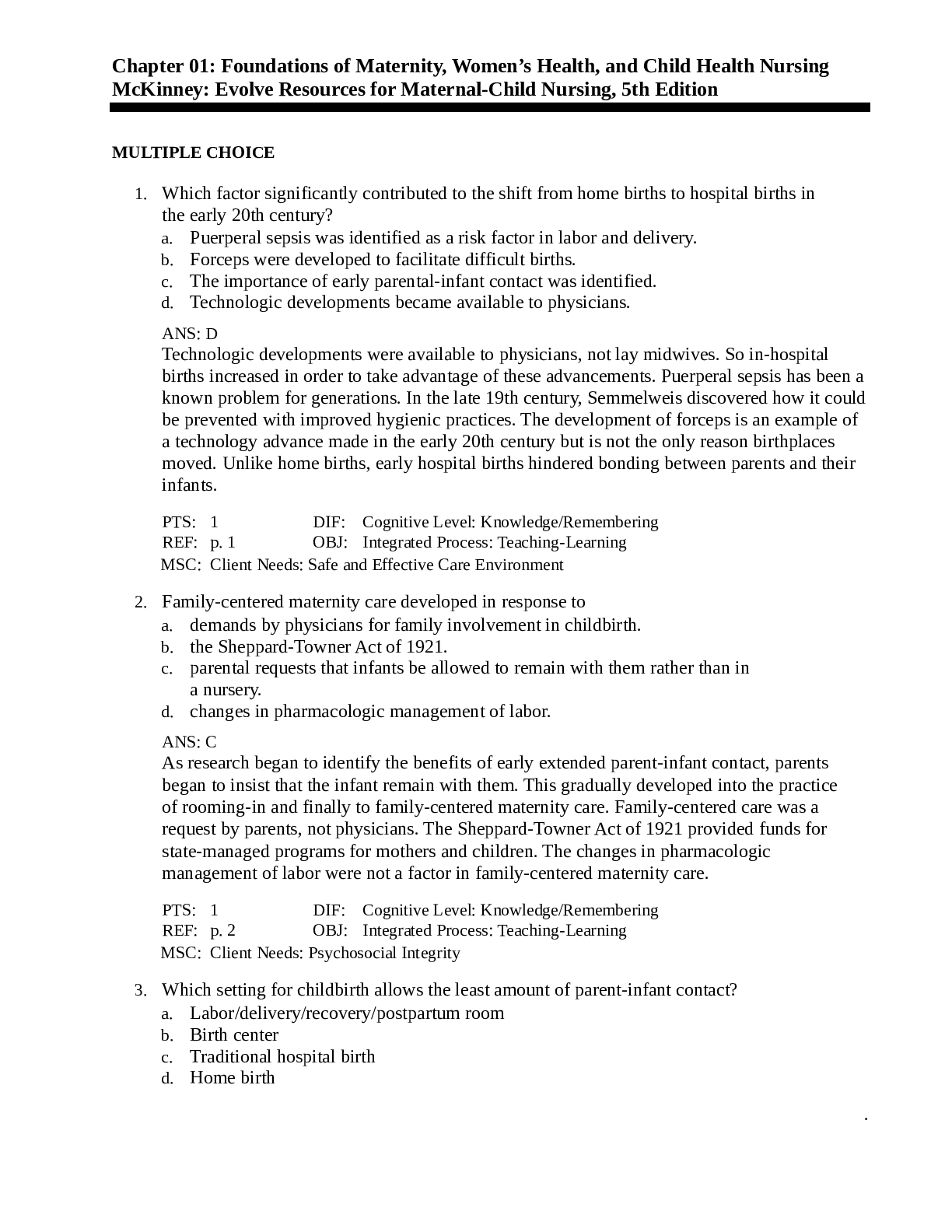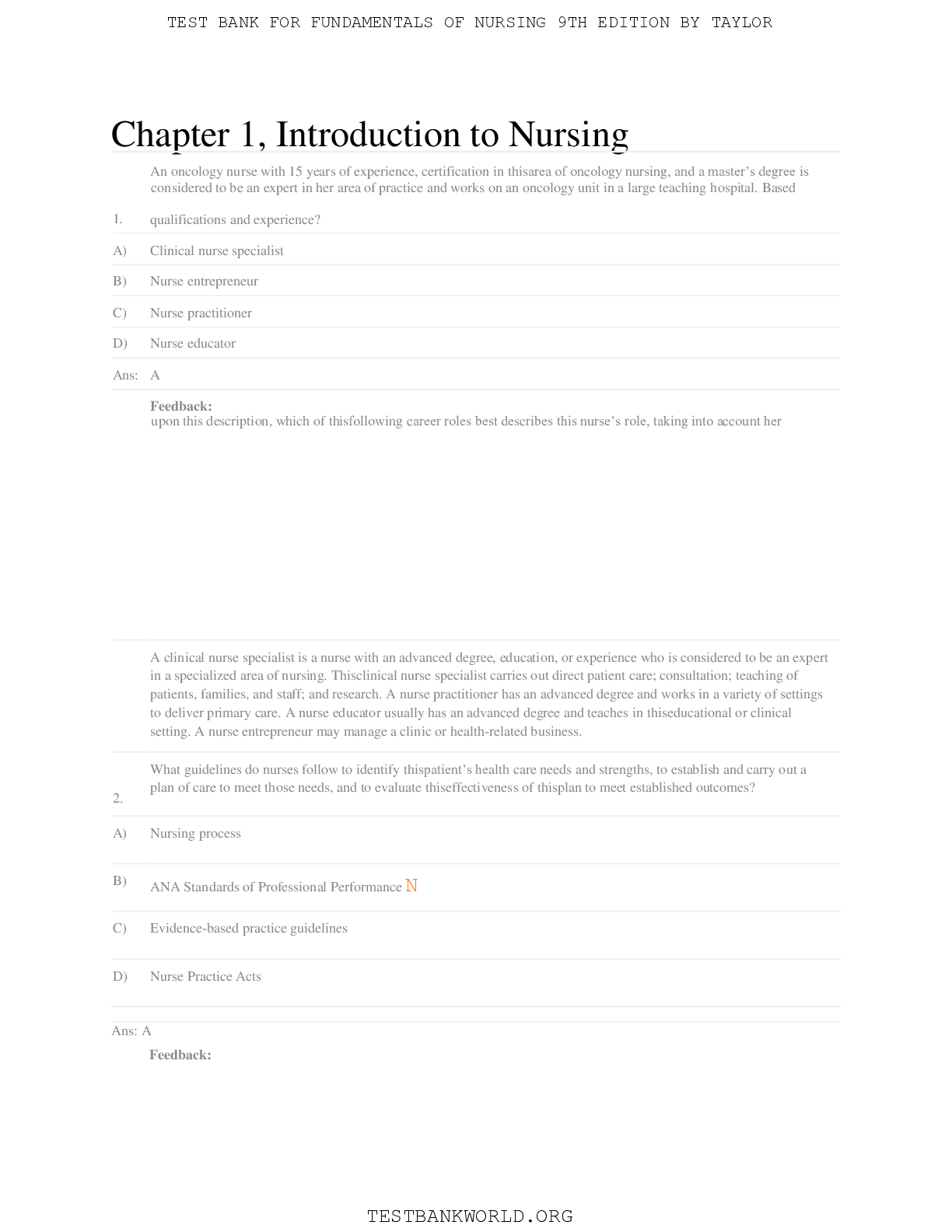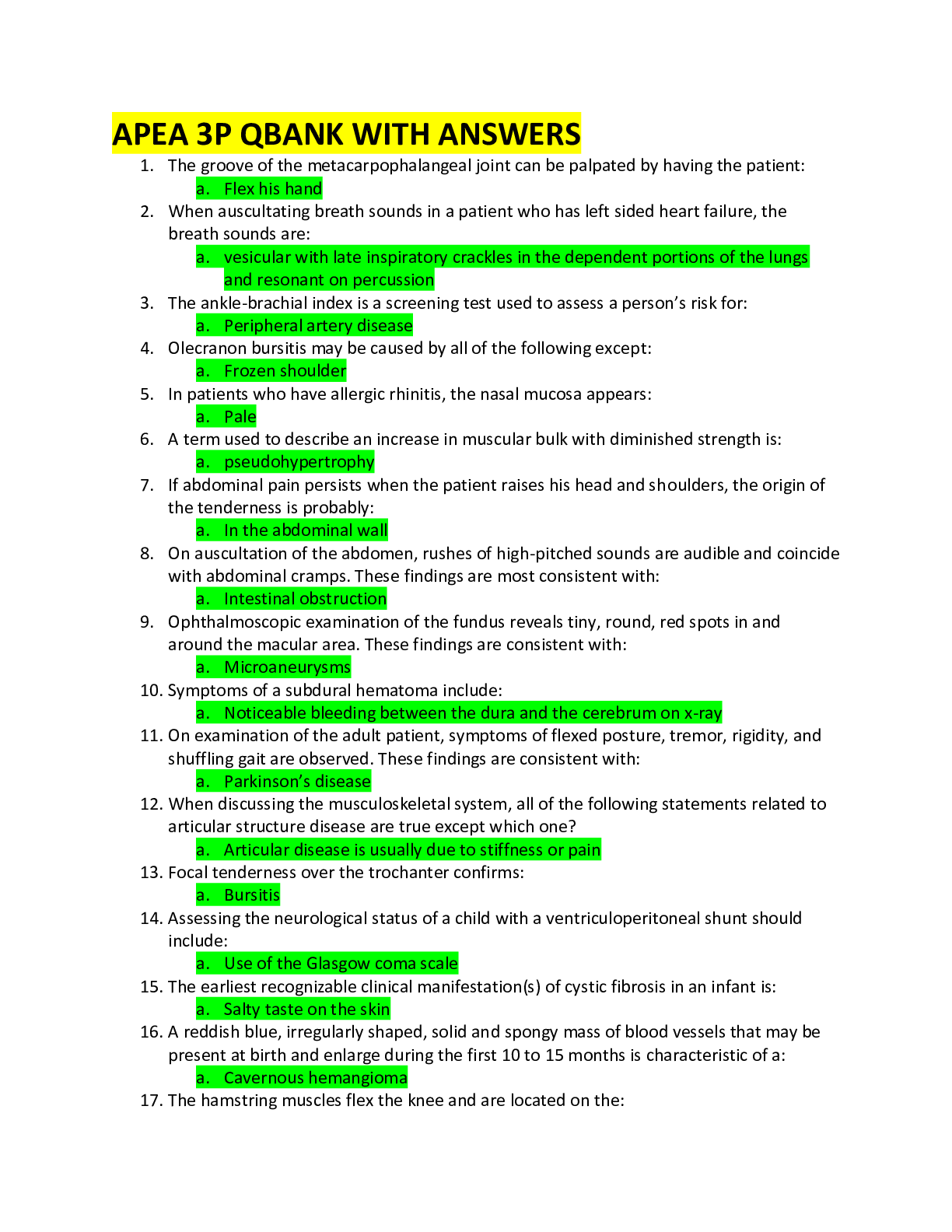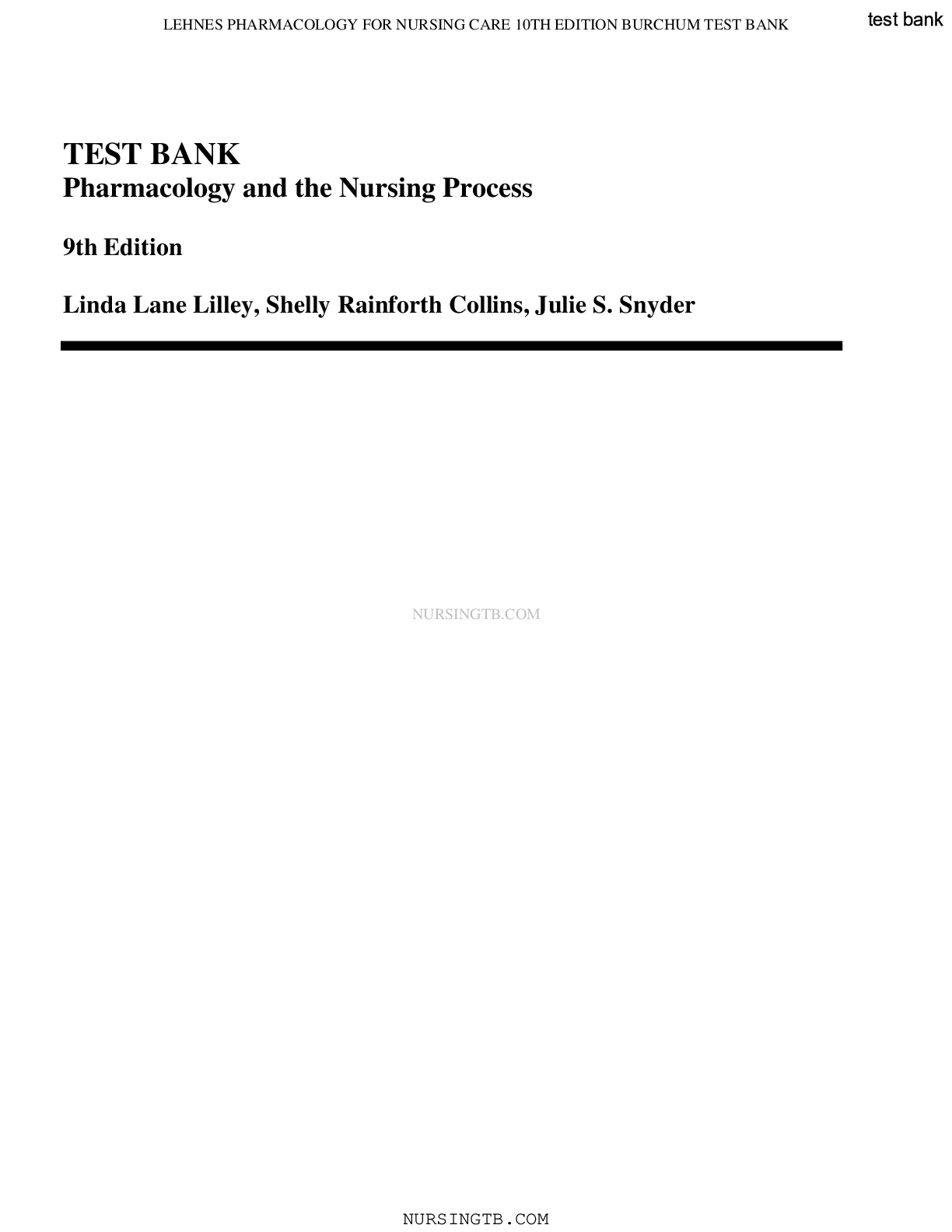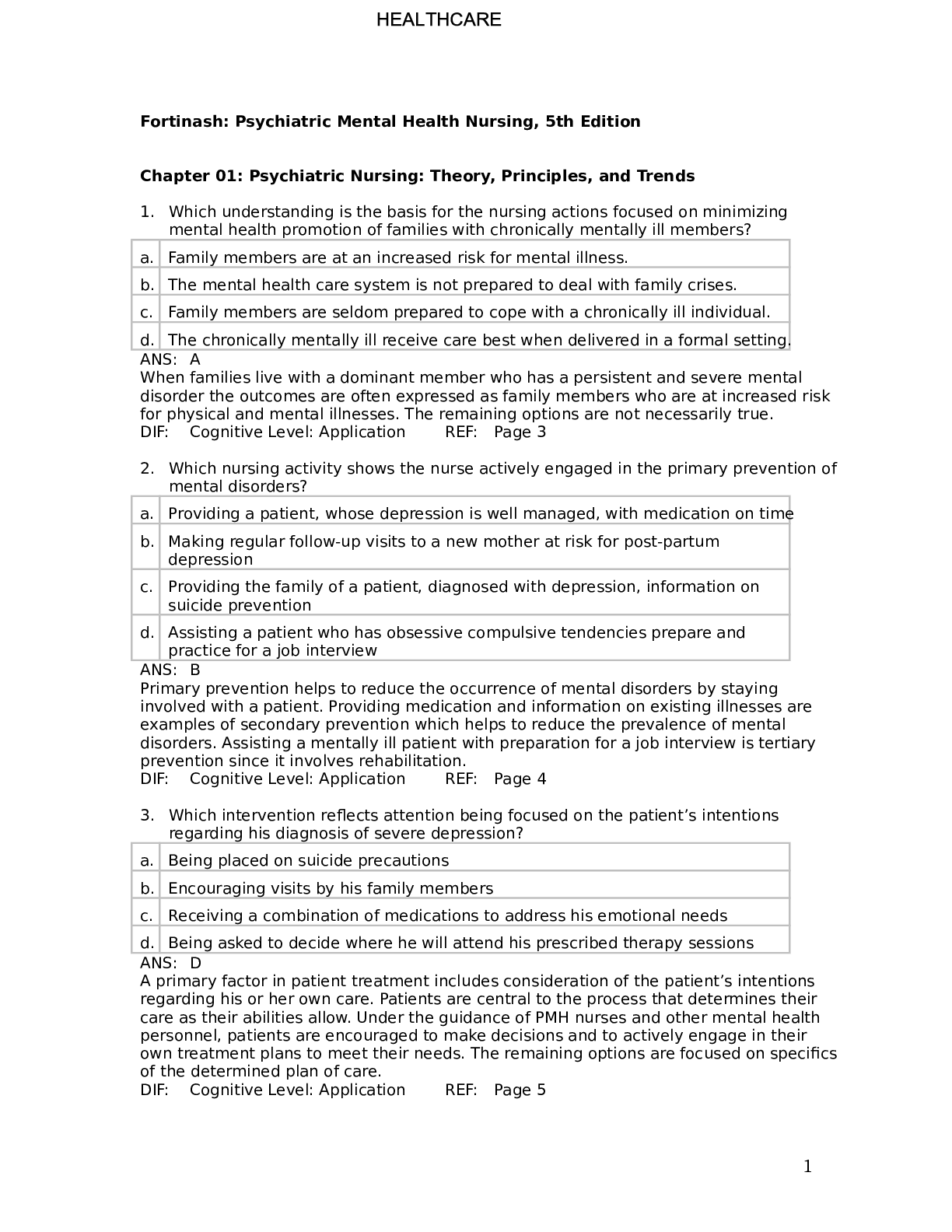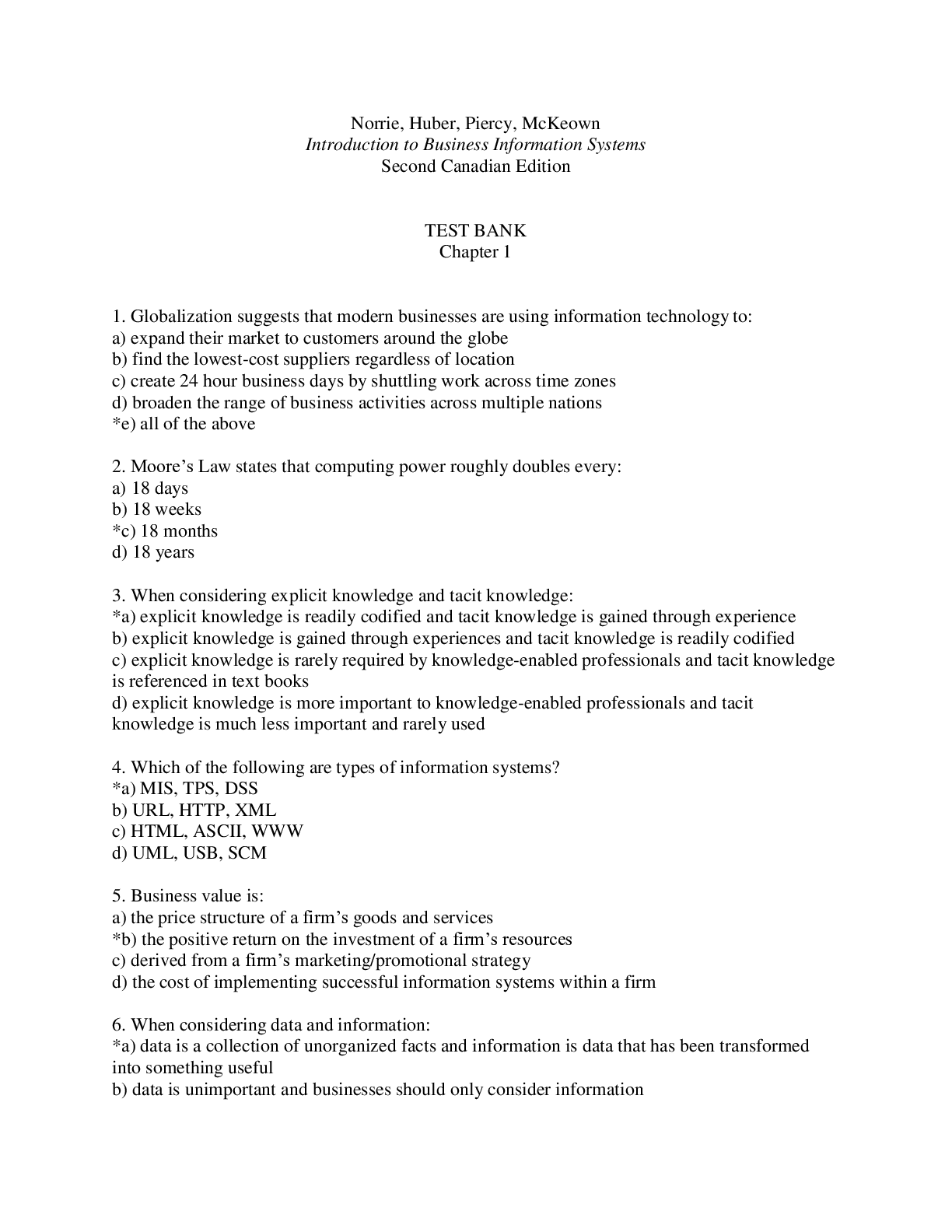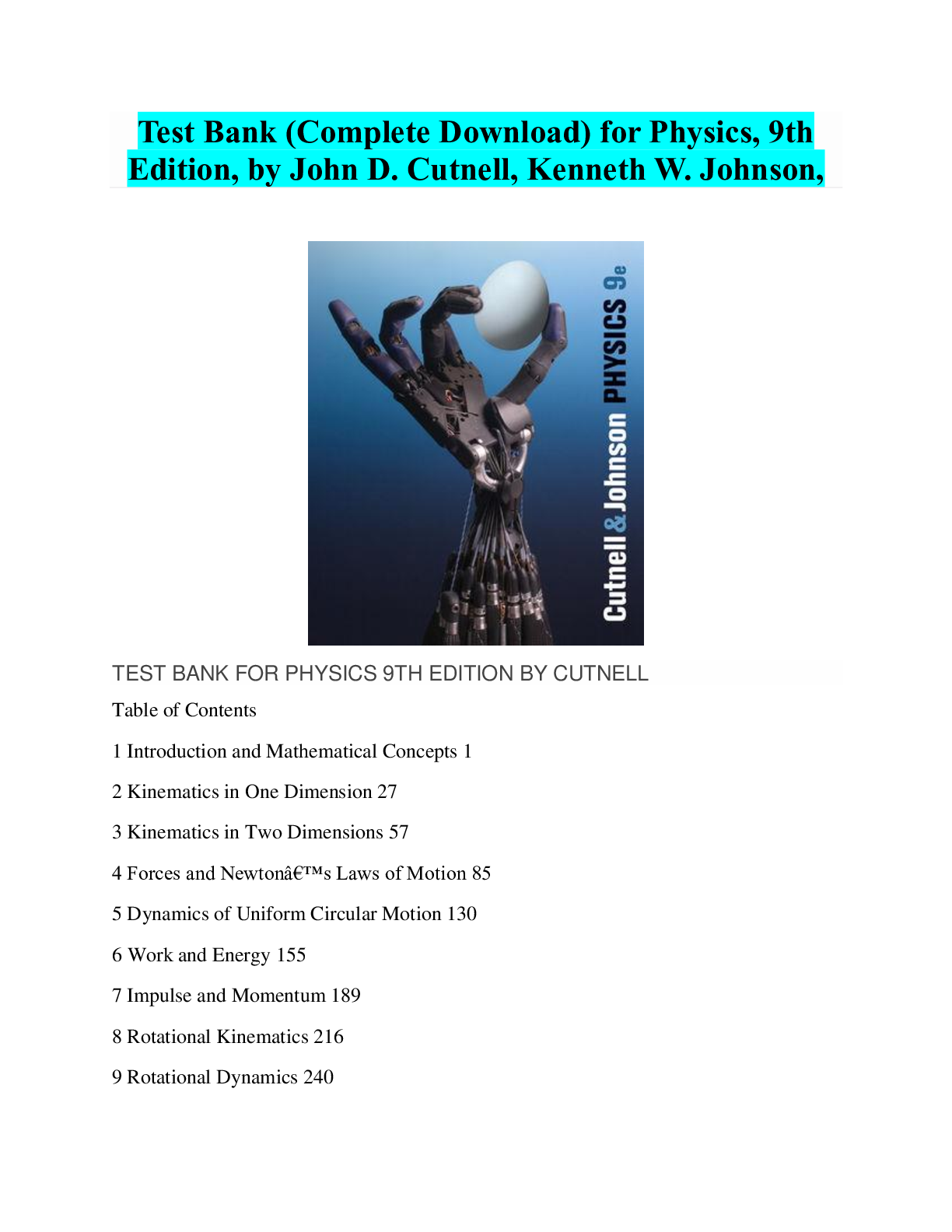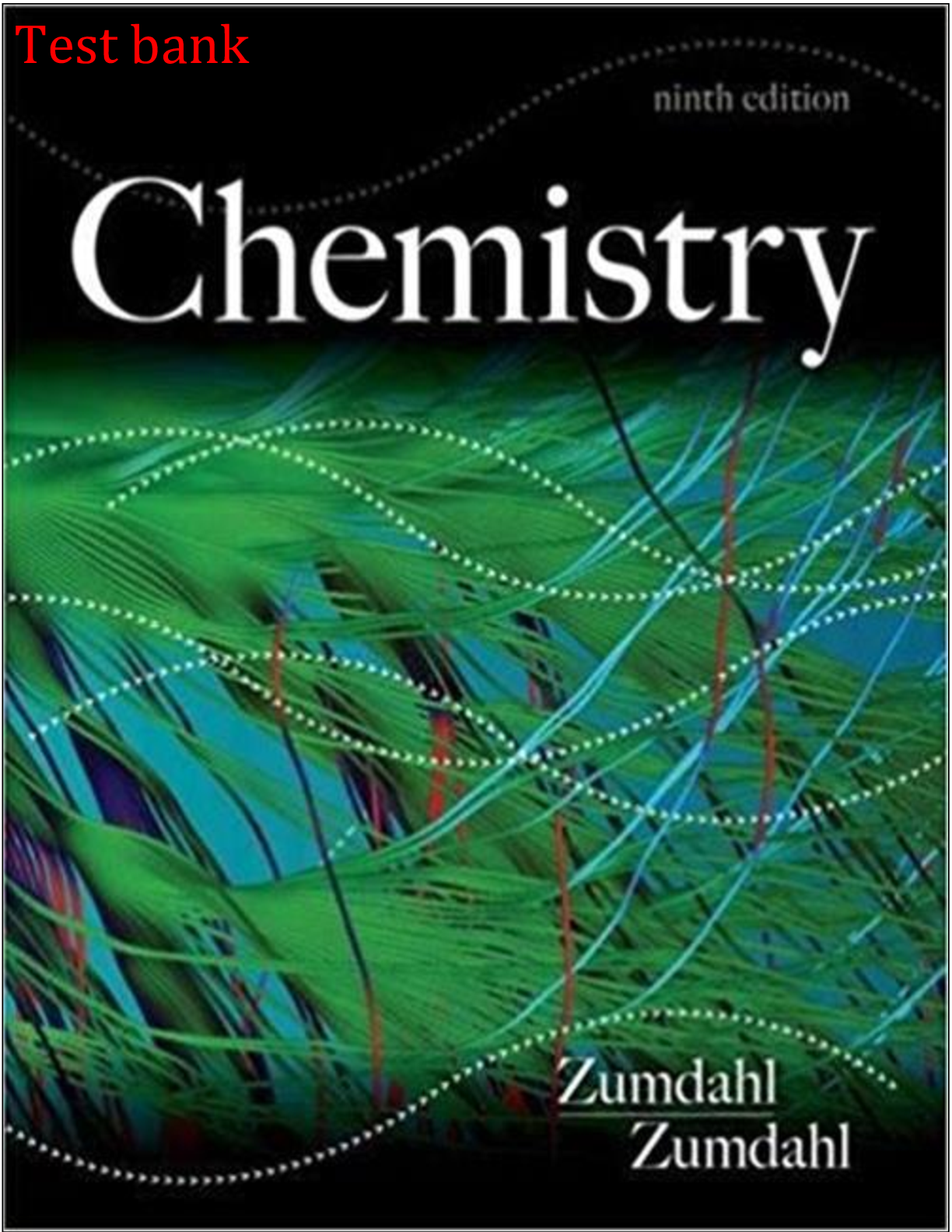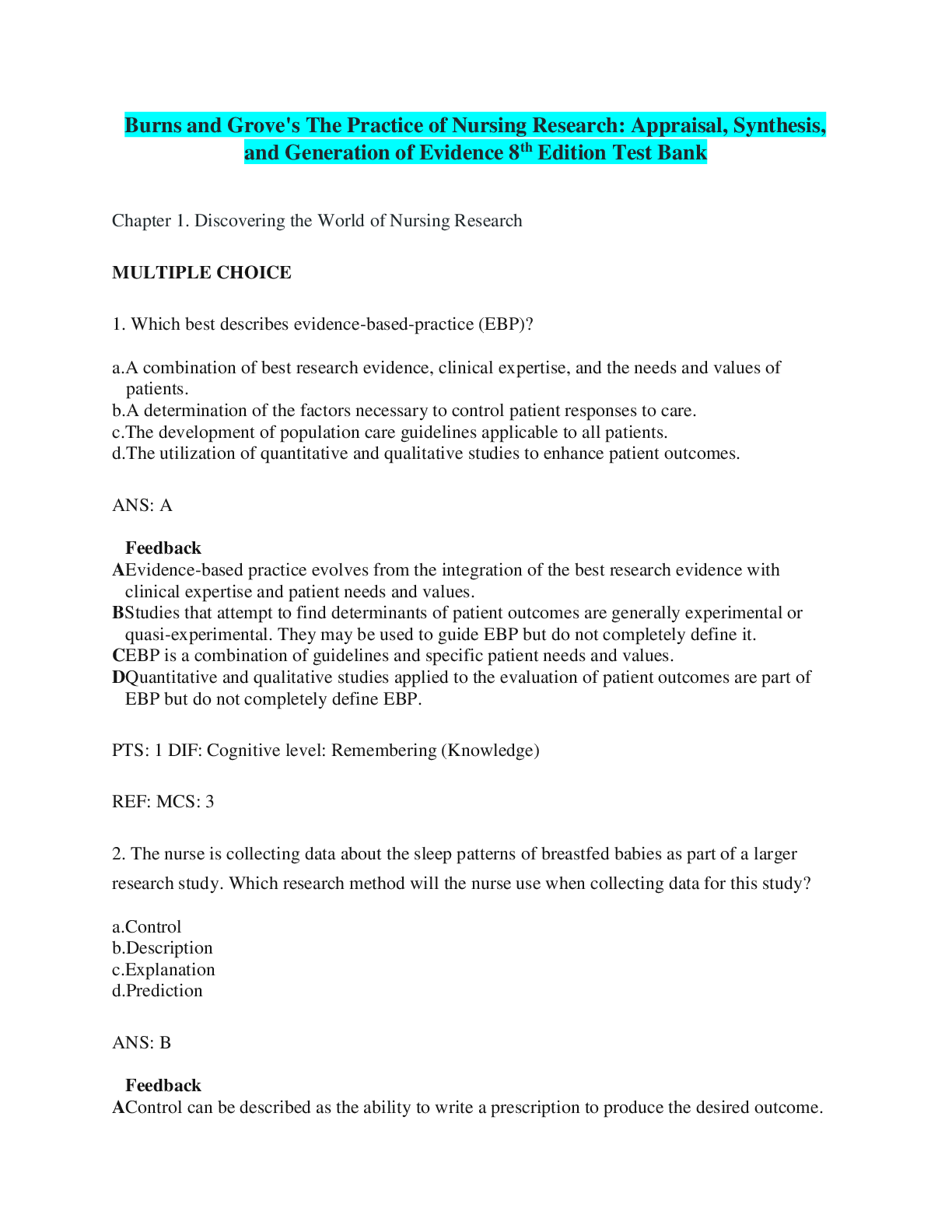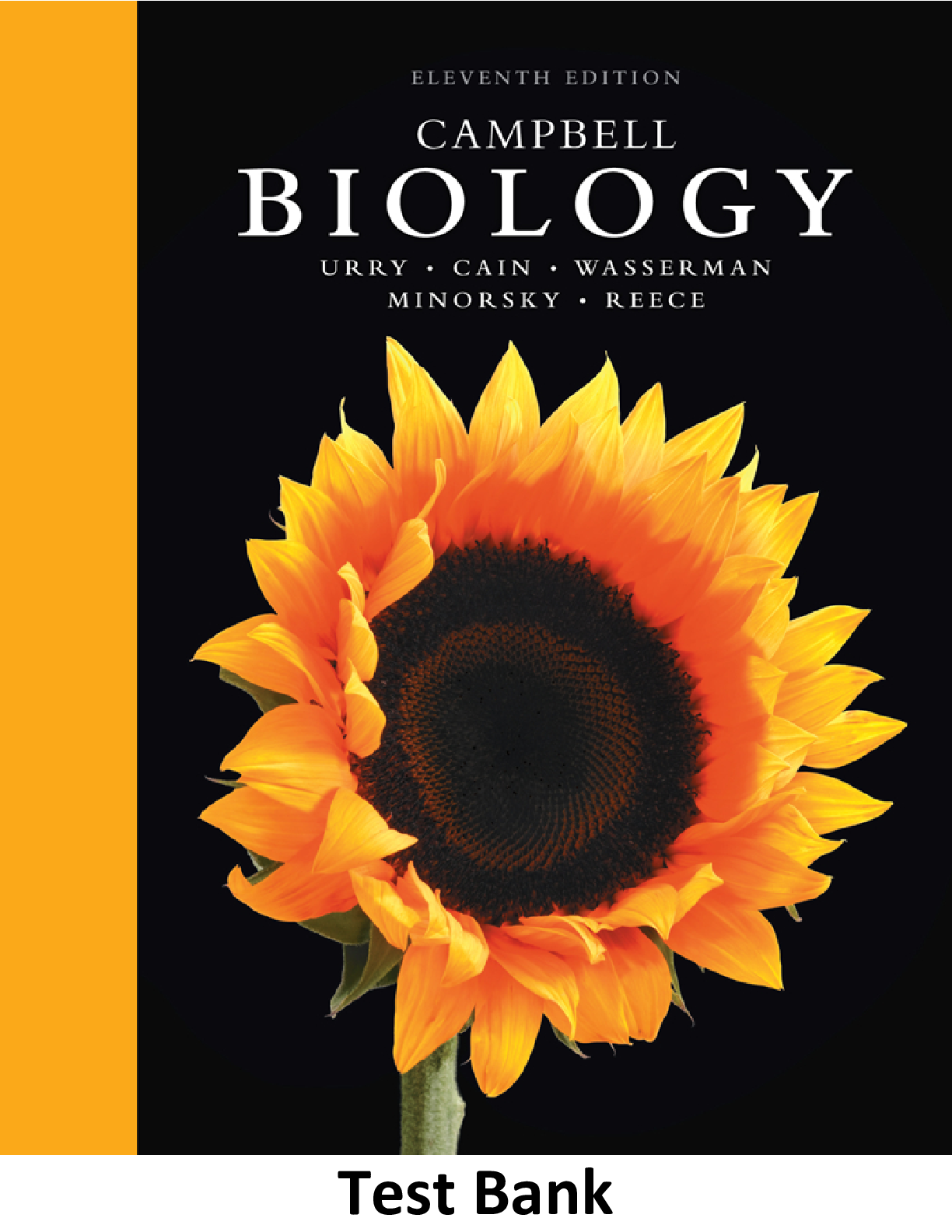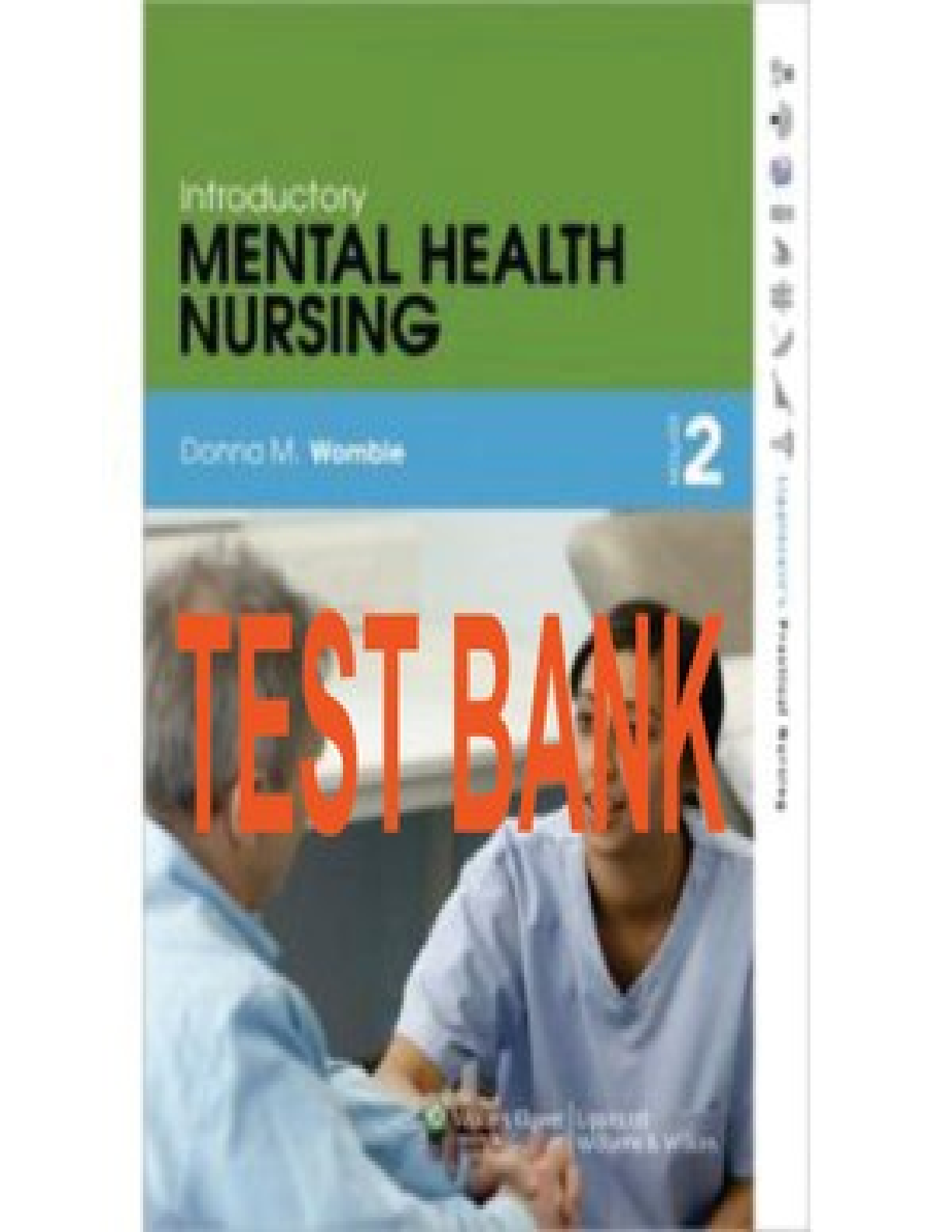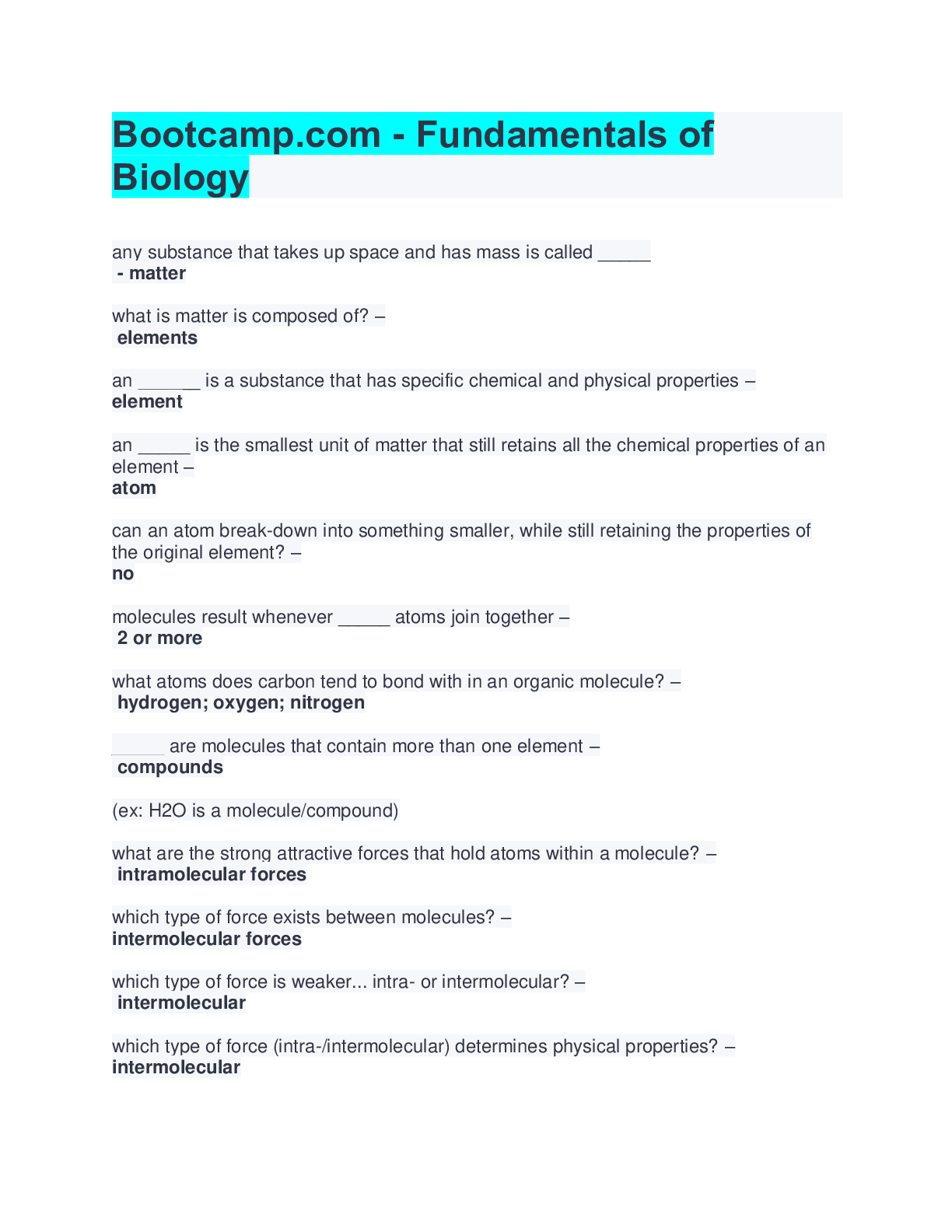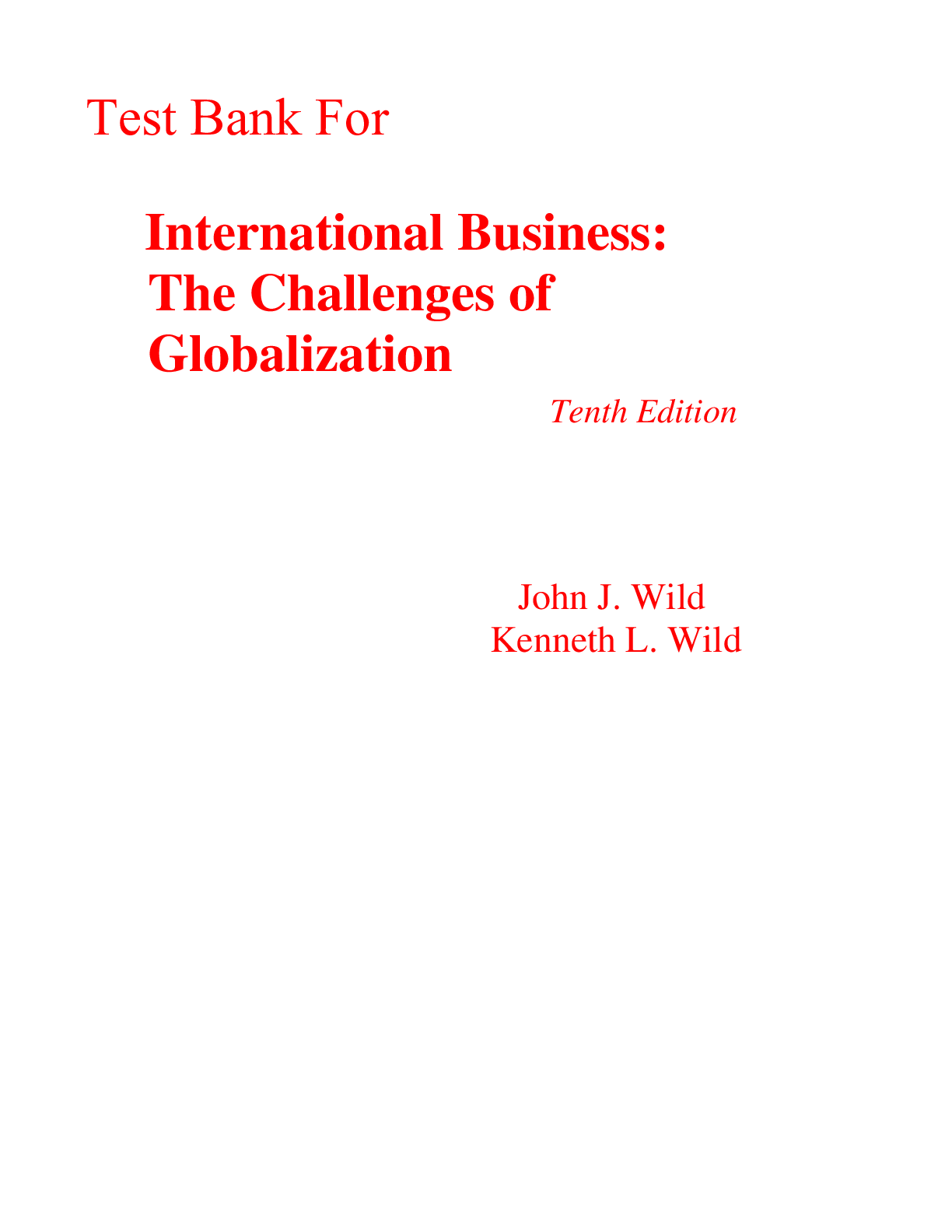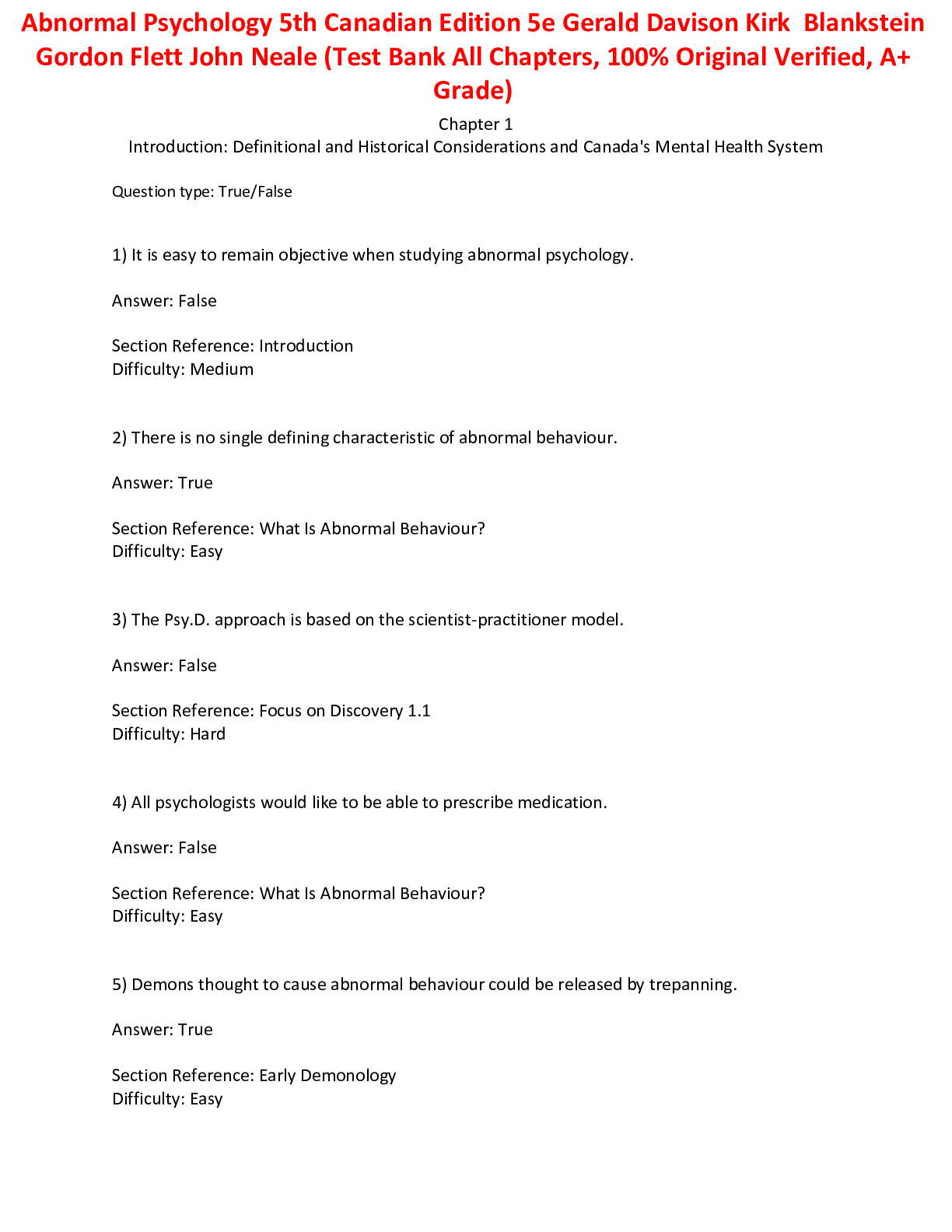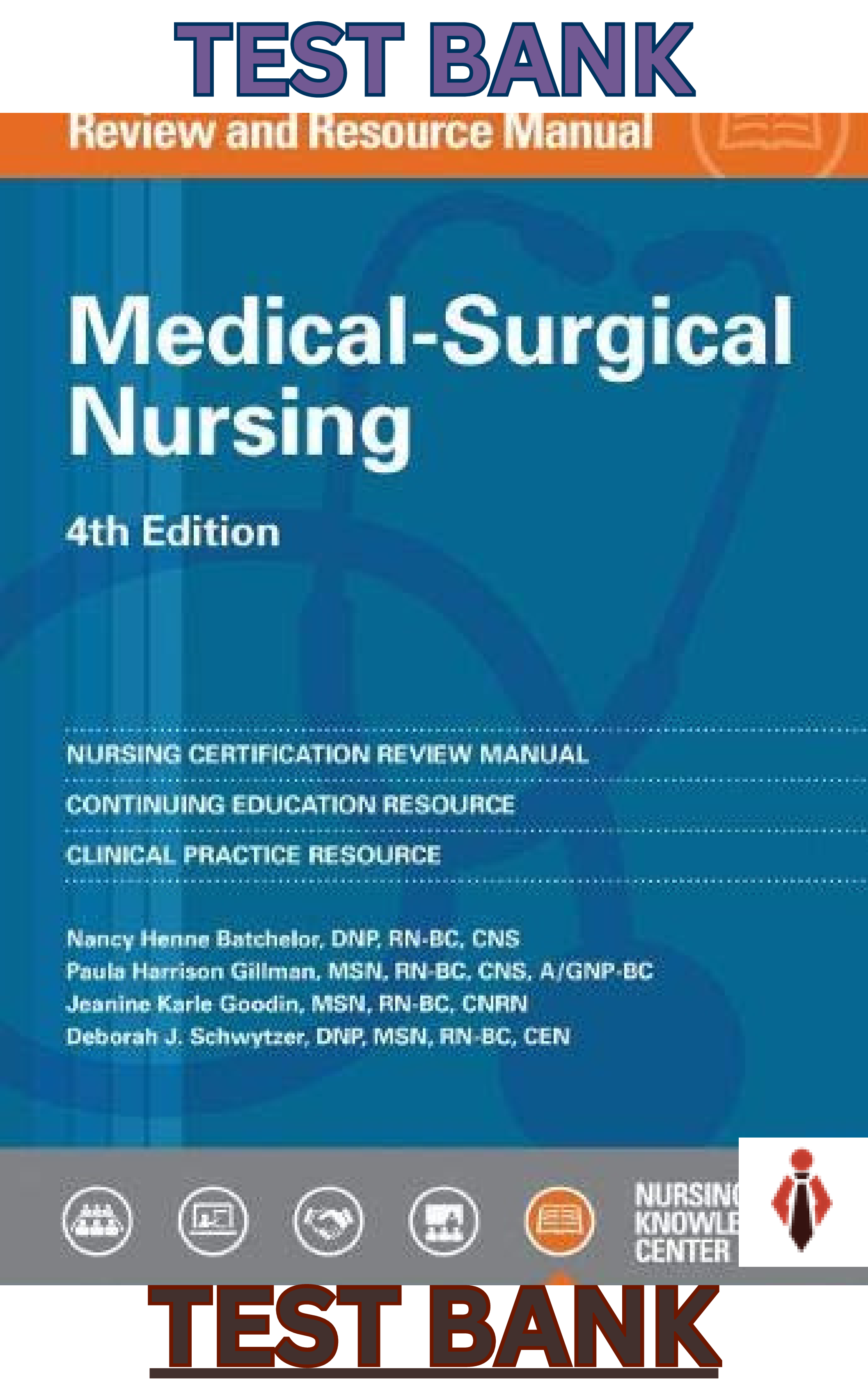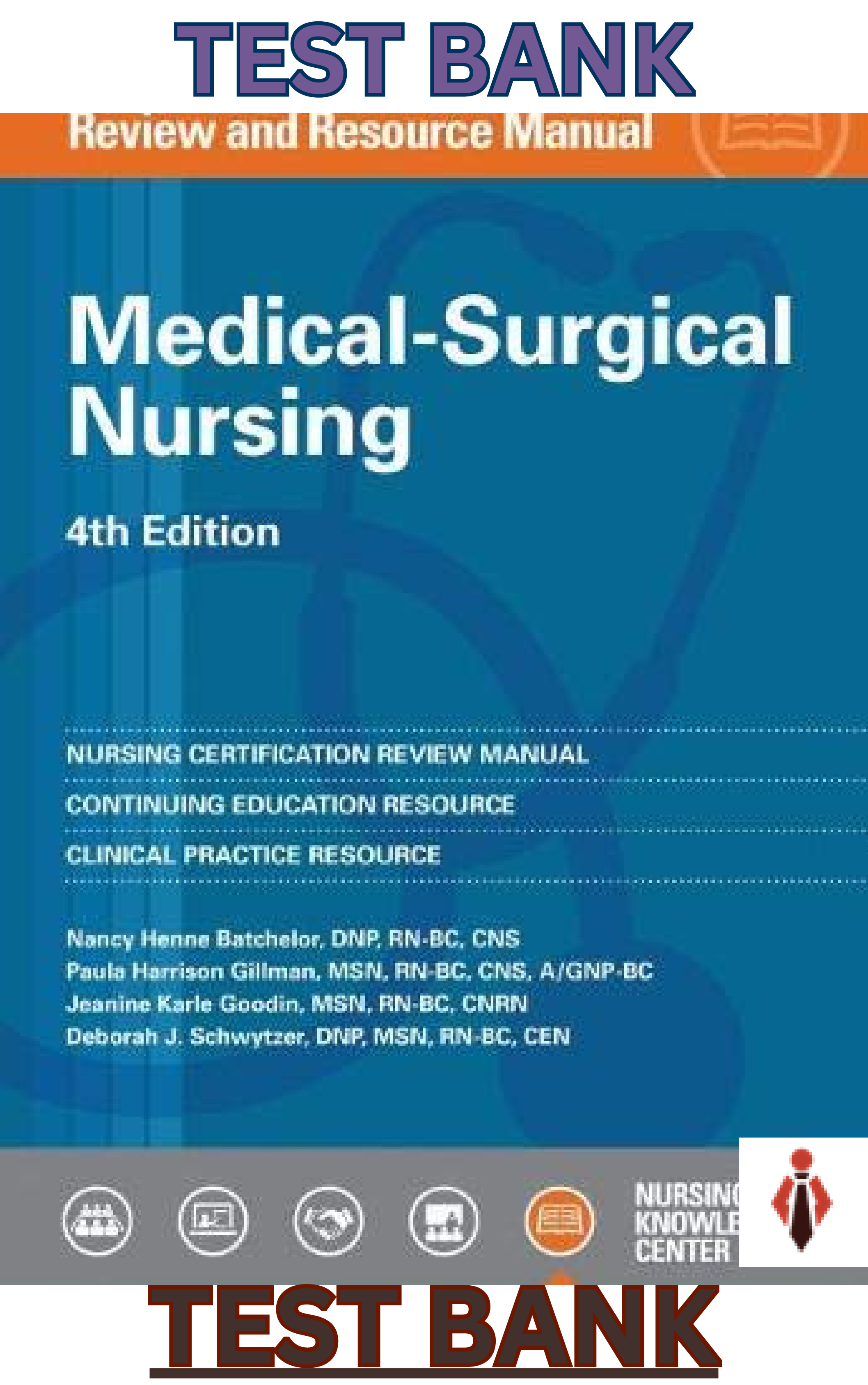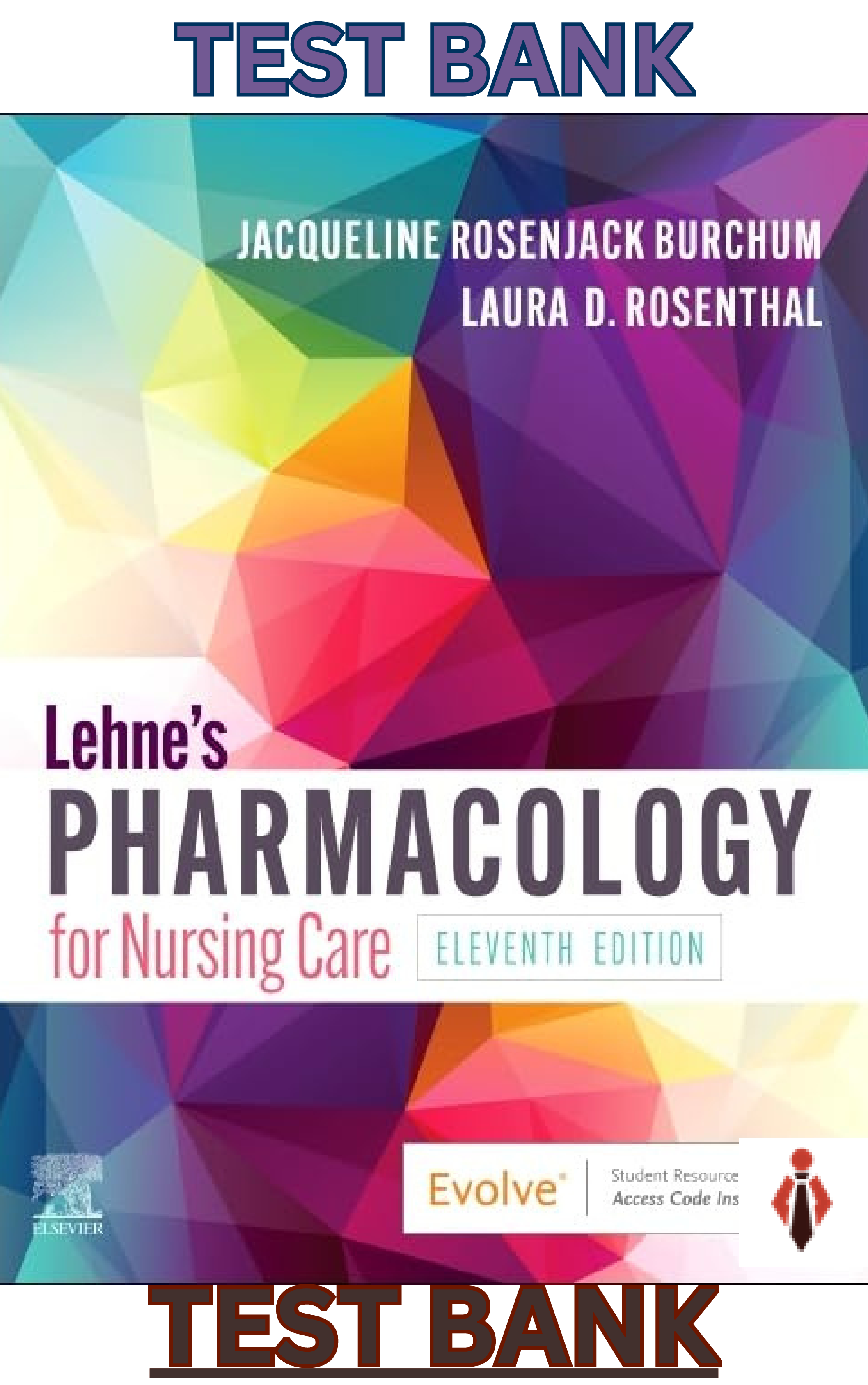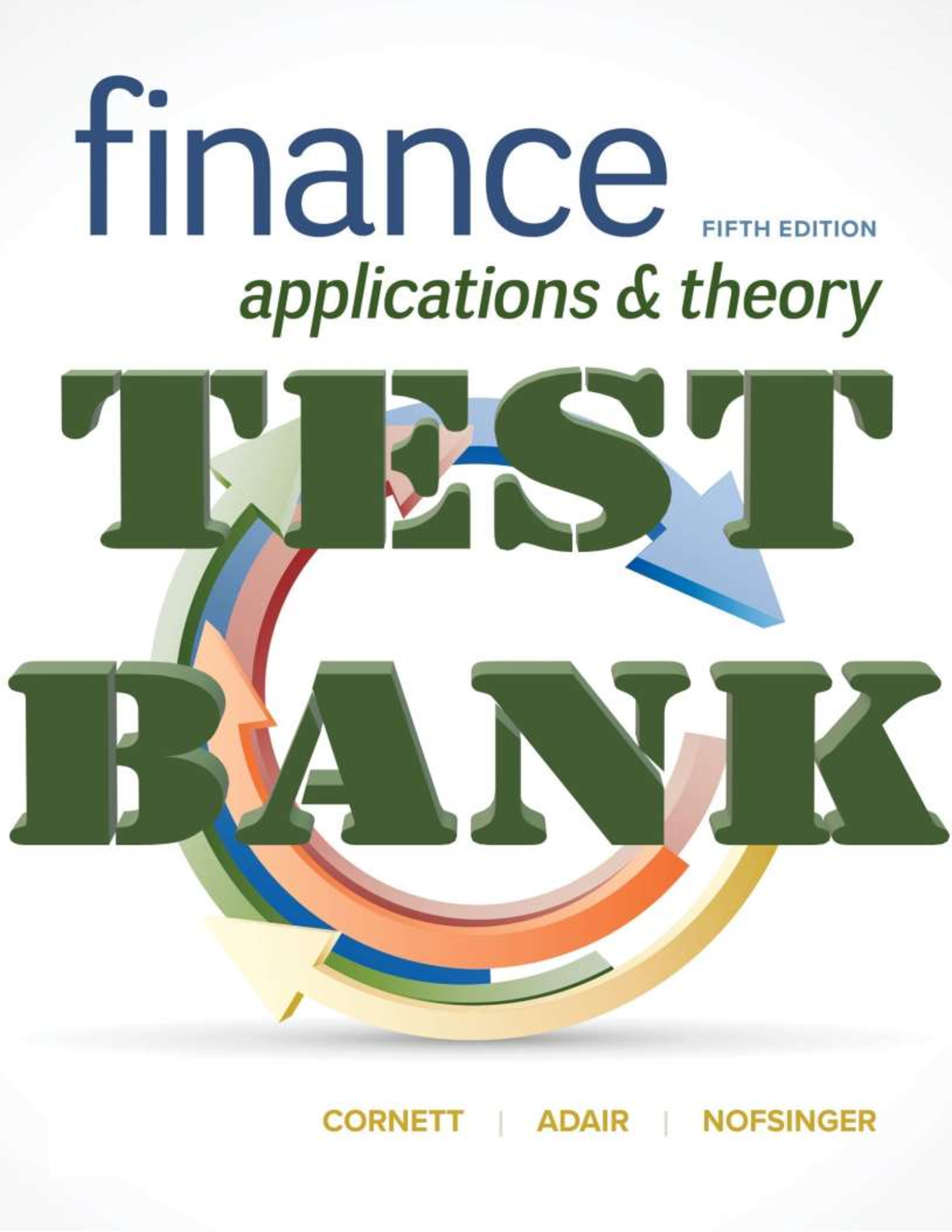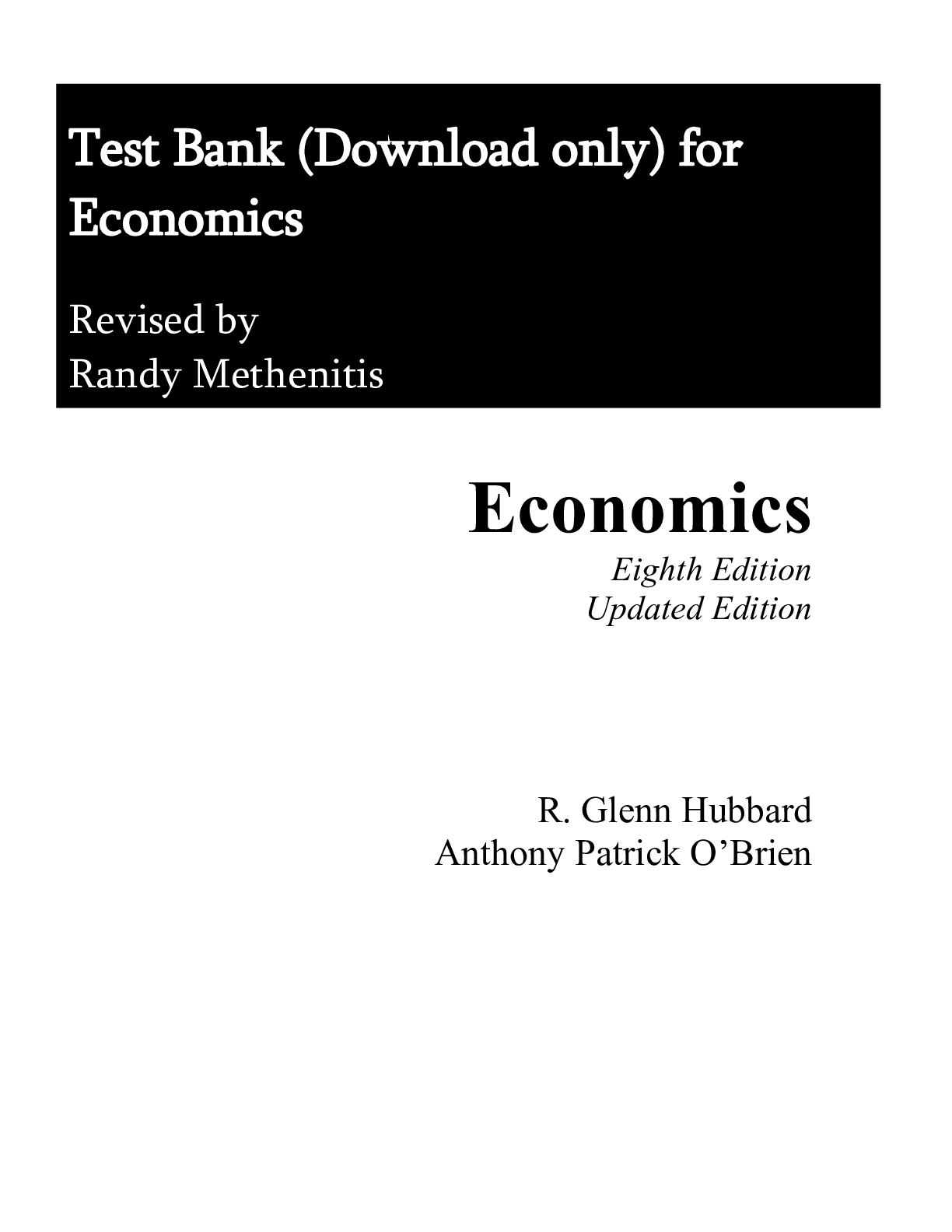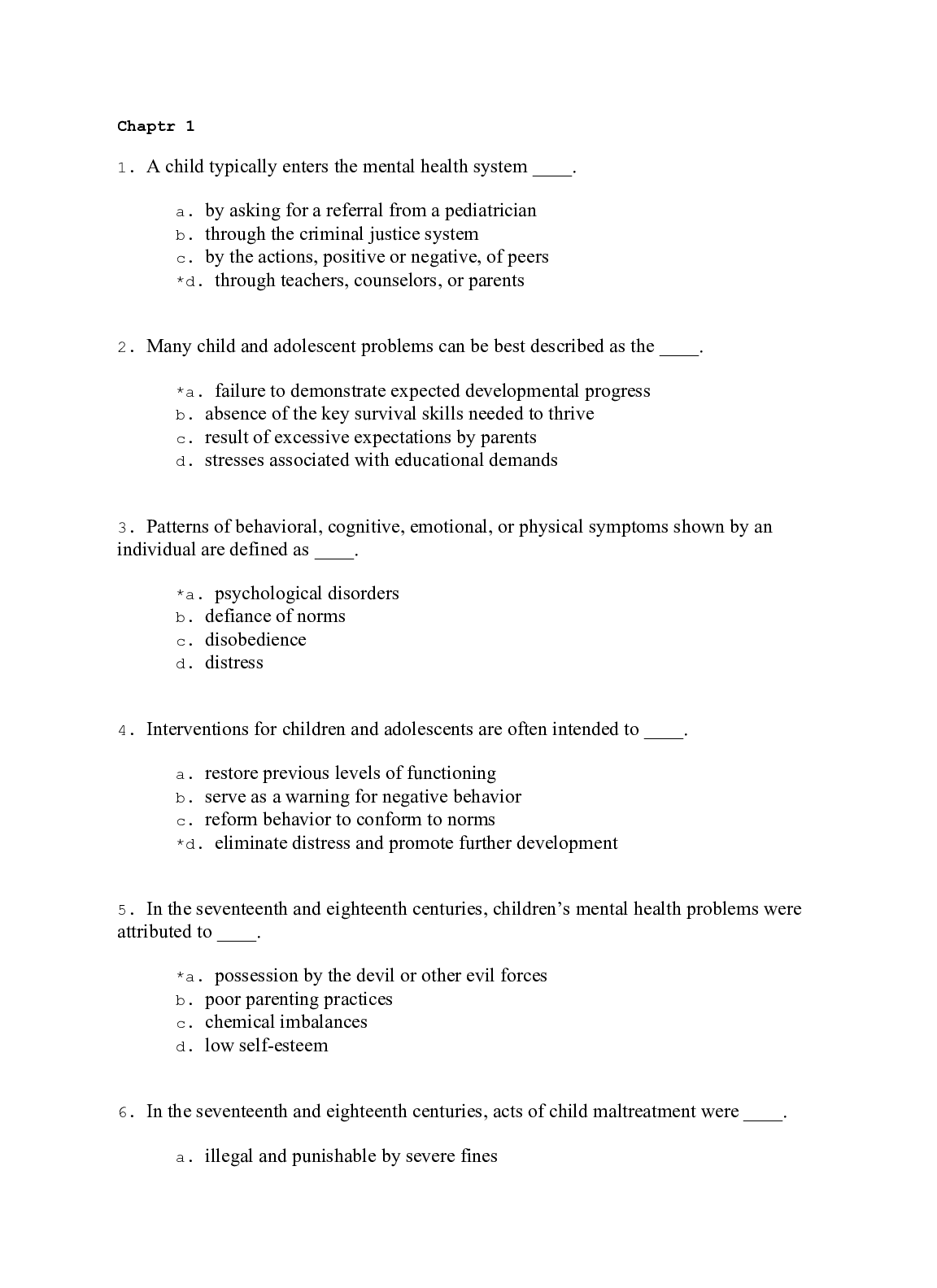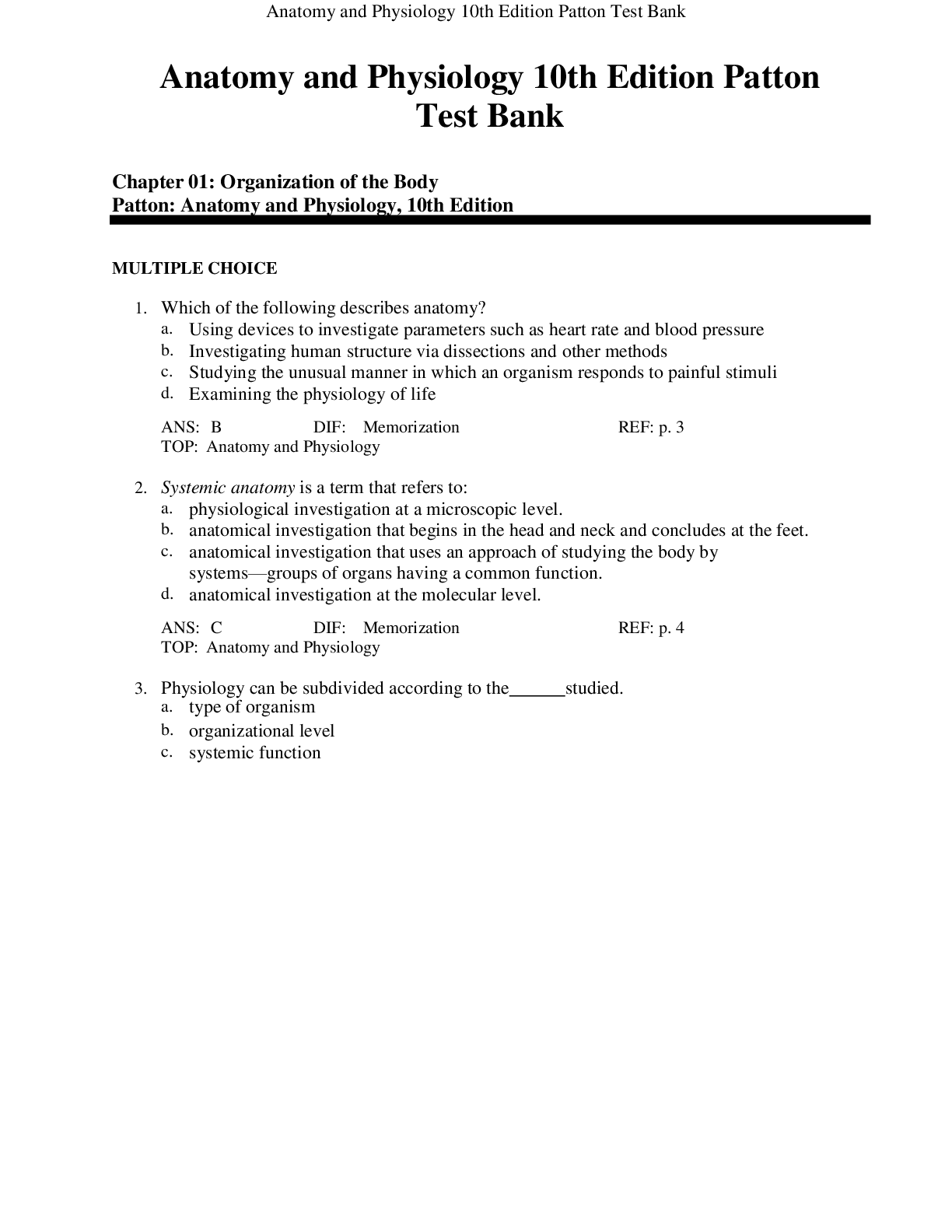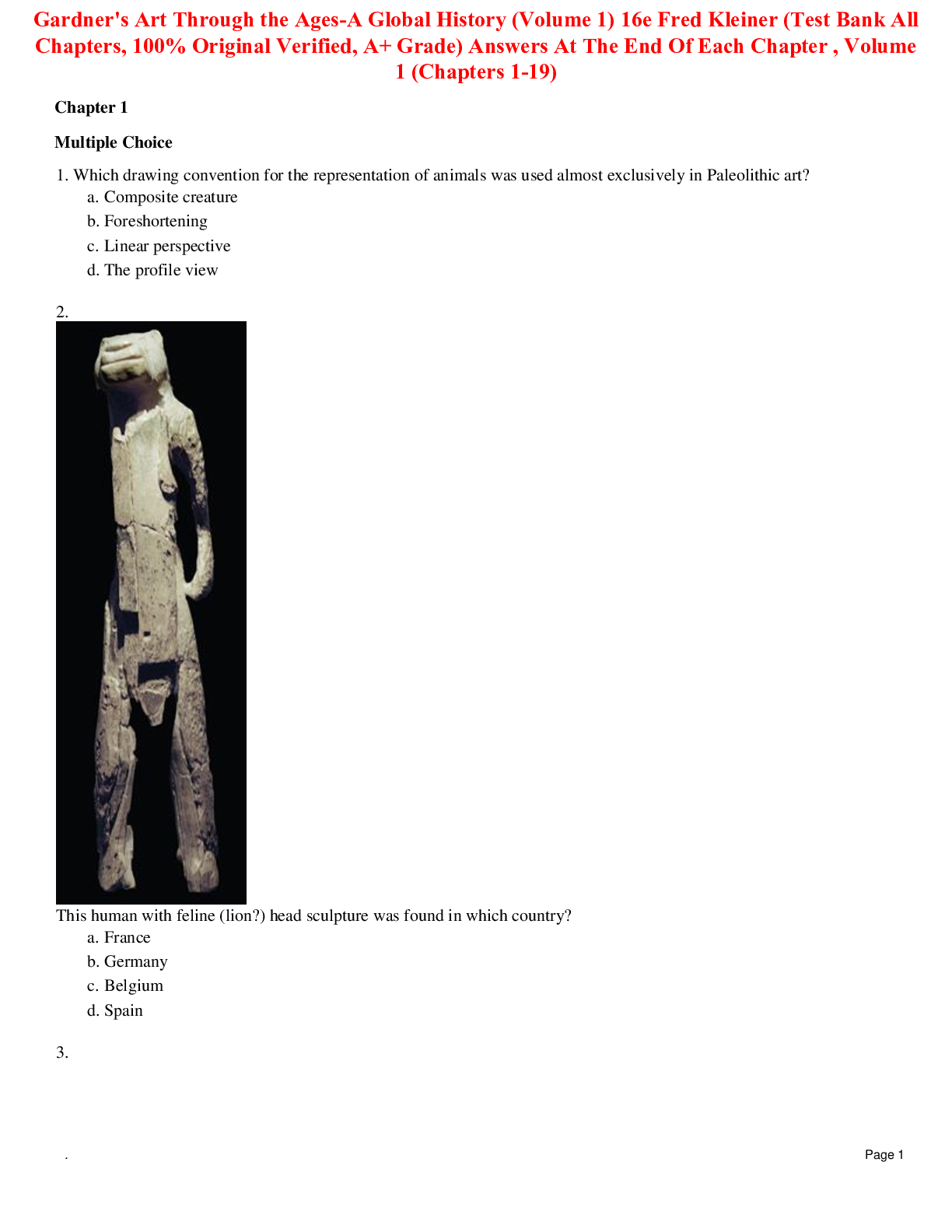BIOL 1001 Mitosis & Meiosis questions, answers (100 Q and A)
Document Content and Description Below
BIOL 1001 Mitosis & Meiosis questions, answers Multiple Choice Identify the choice that best completes the statement or answers the question. 1. HeLa cells have been used in research to a) id... entify viral strains. b) investigate cancer. c) study the effects of radiation on cells. d) develop tissue culture techniques that produced a polio vaccine. e) all of these. 2. Understanding cell division requires knowledge about a) information that guides inheritance. b) how information in a parent cell is copied. c) mechanisms that distribute information to daughter cells. d) mechanisms that insure new individuals receive parental information. e) all of these. 3. The unique feature of HeLa cells that make them important for research is that a) they are identical to all other human cells. b) they are immortal cells and will grow in culture. c) they are limited in growth cycles. d) they are like stem cells. e) all of these make them important. 4. Mitosis and cytoplasmic division function in a) growth. b) repair of damaged tissue. c) replacement of worn-out cells. d) asexual reproduction. e) all of these. 5. Division of eukaryotic cells into two identical cells is called a) growth. b) meiosis. c) mitosis. d) asexual reproduction. e) all of these. 6. Which of the following is NOT an example of the results of mitosis? a) a pair of identical twins b) a group of rooted plant cuttings from a single plant c) the cells produced by the asexual reproduction of a single-celled organism d) the offspring produced by two parents e) healing of a wound 7. Strictly speaking, mitosis and meiosis are divisions of the a) nucleus. b) cytoplasm. c) chromosomes. d) nucleus and chromosomes. e) nucleus, cytoplasm, and chromosomes. 8. Which of the following is NOT associated with meiosis? a) spore formation b) somatic cells c) sexual reproduction d) sperm and egg e) germ cells 9. The figure above represents a) a single chromosome b) two chromosomes in metaphase plate. c) an original chromosome with a duplicate. d) the entire genome of the organism. e) none of these. 10. Eukaryotic DNA molecules have a) no proteins. b) small amounts of protein at each end. c) large amounts of protein at each end. d) small amounts of protein dispersed among them. e) large amounts of protein around which DNA is wound. 11. When the chromosome is most condensed, which of the following is true? a) Proteins are used to wind up the DNA. b) They are less susceptible to radiation. c) Lipid droplets form "beads on a string." d) Carbohydrates wind the DNA into clusters. e) None of these are true. 12. Which process is absolutely necessary for sexual reproduction to occur in a life cycle but is not necessarily required for organisms that only reproduce asexually? a) prokaryotic fission b) mitosis c) meiosis d) cytokinesis e) growth factor activation 13. Chromatids that are attached at the centromere are called what kind of chromatids? a) mother b) daughter c) sister d) programmed e) either mother or daughter 14. Proteins that resemble spools on which DNA molecules are wound are called a) kinetochores. b) centrioles. c) motor proteins. d) histones. e) spindles. 15. A portion of a DNA molecule wound around a spool of histone protein is called a a) centromere. b) nucleosome. c) spindle. d) furrow. e) cell cycle. 16. Chromosomes become visible during prophase of mitosis as a result of a) uncoiling. b) DNA synthesis. c) condensation. d) chromatid duplication. e) addition of proteins to the DNA. 17. The number of DNA molecules in a duplicated chromosome is a) one. b) undetermined. c) half that of an unduplicated chromosome. d) two. e) four. 18. The number of chromosomes in a eukaryotic cell a) differs in various somatic cells of an individual. b) varies during the life cycle. c) is haploid among asexually reproducing forms and diploid if they reproduce sexually. d) is the same for all members of a species. e) is dependent on the age of the tissue. 19. Chromosomes are duplicated during what stage of the cell cycle? a) M b) D c) G1 d) G2 e) S 20. The stage just preceding nuclear and cytoplasmic division is a) the G1 stage. b) the G2 stage. c) the M stage. d) the S stage. e) all of these stages. 21. Which of the following statements is TRUE? a) Once a person reaches maturity, cell division stops except to repair wounds. b) Cell division in an adult signifies cancer. c) Some specific cells throughout the body retain the ability to divide and replace themselves. d) Growth continues throughout the life of an adult human. e) All cells retain the ability to divide even after the organism reaches maturity. 22. The above figure reveals which of the following about the organism that it was obtained from? a) male b) female c) human d) mouse e) two of these are correct 23. In mitosis, if a parent cell has 16 chromosomes, each daughter cell will have how many chromosomes? a) 64 b) 32 c) 16 d) 8 e) 4 24. If a parent cell has 16 chromosomes, how many sister chromatids will be present after duplication of the chromosomes? a) 64 b) 32 c) 16 d) 8 e) 4 25. Cells with two of each kind of chromosome are described by the term a) polyploid. b) diploid. c) triploid. d) haploid. e) tetraploid. 26. The spindle apparatus is composed of a) Golgi bodies. b) microtubules. c) endoplasmic reticulum. d) nucleoprotein. e) chromatids. 27. Which of the following is NOT necessary for spindle apparatus formation? a) microtubules b) proteins c) centrioles d) microtubule organizing centers e) tubulins 28. Which of the following four statements is NOT true? a) The location of the centromere is unique for each chromosome. b) Some spindle fibers become attached to kinetochores. c) The spindle apparatus is composed of protein molecules of tubulin. d) Some microtubules overlap at the spindle equator. e) All of these are NOT true. 29. The spindle apparatus begins to become visible during a) anaphase. b) metaphase. c) interphase. d) prophase. e) telophase. 30. Which of the following is NOT true of spindles? a) They are permanent cell structures. b) Centrosomes act as microtubule originating centers for spindles. c) Some of their microtubules overlap at the cell equator. d) Tubulin is the main component. e) They are bipolar. 31. In eukaryotic cells, which can occur during the stages of mitosis? a) the duplication of chromatids b) the replication of DNA c) synapsis and crossing over d) fragmentation and disappearance of nuclear envelope e) all of these 32. Mitosis comes from the Greek word "mitos," which means a) divide. b) grow. c) swell. d) thread. e) shrink. 33. In which of the stages below does each chromosome consist of two DNA molecules? I. metaphase II. telophase III. prophase IV. anaphase a) III and IV b) I, III, and IV c) I and III d) I, II, and III e) I, II, III, and IV 34. The chromatids detach from one another and become visibly separate chromosomes during a) anaphase. b) metaphase. c) interphase. d) prophase. e) telophase. 35. The chromosomes arrive at opposite poles during a) anaphase. b) metaphase. c) interphase. d) prophase. e) telophase. 36. The nuclear membrane re-forms during a) anaphase. b) metaphase. c) interphase. d) prophase. e) telophase. 37. The illustration shows a cell in of mitosis. a) anaphase b) metaphase c) interphase d) prophase e) telophase 38. Which of the following statements is false? a) Chromosomes do not pair during mitosis. b) Genes and chromosomes are duplicated during prophase. c) Each species has a specific number of chromosomes. d) New nuclei are formed during telophase. e) A diploid cell will produce two diploid daughter cells by mitosis. 39. Which of the following statements is TRUE about anaphase? a) When sister chromatids separate, each is called a chromosome. b) Motor proteins drag chromosomes towards the poles. c) Some microtubules ratchet past each other, pushing the poles farther apart. d) Kinetochore microtubules shrink at both ends. e) All of these are true. 40. When a cell undergoes mitosis, a) the daughter cells have identical genes. b) the daughter cell has genes identical to those of the mother cell that produced it. c) the amount of cytoplasm in the mother cell and in each of the daughter cells is equal. d) there is an exact duplication and division of all of the organelles between daughter cells. e) the daughter cells have identical genes, and the daughter cell has genes identical to those of the mother cell that produced it. 41. Which of the following is the proper sequence for mitosis? I. metaphase II. telophase III. prophase IV. anaphase a) I, III, IV, II b) I, II, III, IV c) III, I, IV, II d) IV, I, III, II e) III, IV, I, II 42. Cytoplasmic division (cytokinesis) a) differs in plant and animal cells. b) usually accompanies nuclear division. c) involves microtubules and/or actin filaments. d) in plant cells utilizes an established zone marking the plane of division. e) does all of these. 43. The distribution of cytoplasm to daughter cells is accomplished during a) prokaryotic fission. b) mitosis. c) meiosis. d) cytokinesis. e) karyokinesis. 44. The cell plate is composed of a) the nuclear membrane. b) the cytoplasmic membrane. c) microtubules and actin filaments. d) cellular organelles. e) cellulose and lignin. 45. Cytoplasmic division in animal cells involves all EXCEPT a) formation of a cell plate. b) a contractile ring mechanism. c) a deepening cleavage furrow. d) a ring of actin filaments under the plasma membrane at the equator. e) ATP. 46. When cells are not responding to normal controls over growth and division, they form a tissue mass known as a a) metastasis. b) malignancy. c) tumor. d) carcinogen. e) nucleosome. 47. Cancer cells a) have altered plasma membranes. b) have a lessened ability to attach to other cells. c) divide to produce high densities of cells. d) show an amplified reliance on glycolysis. e) exhibit all of these. 48. Which characteristic seems to be most uniquely correlated with metastasis? a) loss of nuclear-cytoplasmic controls governing cell growth and division b) changes in recognition proteins on membrane surfaces c) shrinkage of the cytoskeleton d) increase in blood supply to the tumor e) none of these 49. Which of the following statements is false? a) Checkpoint gene products that inhibit mitosis are called proto-oncogenes. b) Metastasis is the invasion of cancer cells into normal tissue. c) Malignant tumors differ from benign tumors in that their cells migrate. d) Cancer cells have lost the ability to stop dividing. e) The parent cell that started a cancer may have undergone a checkpoint gene mutation. 50. The spread of a cancer from one site to others in the body is known as a) a benign tumor. b) metastasis. c) a malignant tumor. d) remission. e) both a benign tumor and a malignant tumor. 51. A cancer-producing chemical is a(n) a) pathogen. b) carcinogen. c) teratogen. d) mutagen. e) oncogene. 52. Four of the five events listed below are stages of actual nuclear division. Select the exception. a) anaphase b) prophase c) interphase d) telophase e) metaphase 53. Four of the five events listed below are related by a common phase of mitosis. Select the exception. a) beginning of microtubule assembly outside the nucleus b) division of centromere c) disappearance of nucleolus d) disappearance of nuclear membrane e) shortening and condensation of chromosomes make them more visible 54. Four of the five choices listed below are periods of the same cycle. Select the exception. a) G1 b) Mitosis c) Replication d) S e) G2 55. Four of the five events listed below are related by a common phase of mitosis. Select the exception. a) chromosomes decondense b) spindle microtubules disappear c) nucleolus reappears d) chromosomes separate e) nuclear envelope re-forms 56. Four of the five choices listed below are events occurring during mitosis. Select the exception. a) chromosome replication b) division of centromere c) lining up of chromosomes at the cellular equator d) attachment of spindle microtubules to centromeres e) migration of chromosomes to opposite ends of the cell 57. Four of the five structures listed below assist in chromosome movement. Select the exception. a) centromere b) spindle microtubules c) kinetochores d) centriole e) nuclear envelope 58. Four of the five events listed below are related by a common phase of mitosis. Select the exception. a) chromosomes align at the spindle equator b) sister chromatids become individual chromosomes c) microtubules shrink at both poles d) motor proteins drag chromosomes to the poles e) spindle poles are pushed farther apart 59. Four of the five choices listed below concern cells with two chromosome sets. Select the exception. a) zygote b) somatic cells c) gamete d) diploid e) sporophyte generation 60. Four of the five events listed below are related to pairing of chromosomes. Select the exception. a) pairing of homologues b) crossing over c) exchange of genes d) tight aligning of homologues e) independent assortment during anaphase I 61. Four of the five cells listed below are haploid. Select the exception. a) ovum b) primary spermatocyte c) spermatid d) polar body e) secondary spermatocyte 62. Which of the following is NOT an advantage of sexual reproduction? a) It offers an alternative adaptation in a changing environment. b) It is adaptive in coevolution situations. c) It is energetically costly. d) The genetic variation it provides may be useful in the future. e) It yields offspring with novel combinations of traits. 63. The Red Queen hypothesis may explain a) why asexual reproduction is easier and faster than sexual reproduction. b) why aphids seasonally alternate parthenogenesis with sexual reproduction. c) the existence of all-female species of animals. d) the connection between species interactions and sexual reproduction. e) why meiosis and fertilization alternate during sexual reproduction. 64. All of the following are TRUE of adaptive traits EXCEPT a) they allow individuals to adjust to the environment. b) they spread faster through populations of asexually reproducing organisms. c) they spread faster through populations of sexually reproducing organisms. d) variety results from mixing of the genetic traits. e) all of these are true. 65. Which is NOT a typical site for the occurrence of meiosis? a) plant ovary b) plant root cells c) human testis d) human ovary e) plant anther 66. If meiosis did NOT occur in sexually reproducing organisms, a) growth of the zygote would be halted. b) mitosis would be sufficient. c) gametes would be haploid. d) the chromosome number would double in each generation. e) eggs would be haploid, but sperm would be diploid. The following questions refer to the figure above. 67. Which of the letters in the above figure represents the ovaries where eggs are produced? a) A b) B c) C d) D e) none of these 68. Which of the letters in the above figure represents the ovule? a) A b) B c) C d) D e) none of these 69. Different, or alternative, forms of the same gene are a) genetomorphs. b) alleles. c) mutants. d) chromatids. e) homologous. 70. Chromosomes of a pair of homologous chromosomes may differ from other chromosomes in terms of a) size. b) shape. c) the alleles they carry. d) the position of the centromere. e) all of these. 71. Chromatids are a) attached at the centriole. b) a pair of chromosomes, one from the mother and one from the father. c) attached at their centromeres. d) identical until crossing over occurs. e) attached at their centromeres and are identical until crossing over occurs. 72. The cell in this illustration is in . a) prophase I. b) metaphase I. c) anaphase I. d) prophase II. e) anaphase II. 73. Crossing over a) generally results in binary fission. b) involves centrioles. c) involves breakages and exchanges between sister chromatids. d) results in new combinations of alleles being channeled into the daughter cells. e) does all of these. 74. During which phase of meiosis will the chromosomes appear as packets of four chromatids? a) anaphase I b) telophase II c) anaphase II d) prophase I e) metaphase II 75. Anaphase a) involves the lining up of the chromosomes across the equatorial plate. b) is the same in mitosis and meiosis I and II. c) is initiated when the chromosomes begin to move apart. d) results in an unequal distribution of chromosomes to the resulting cells. e) does all of these. 76. Paired homologous chromosomes are found at the spindle equator during a) metaphase I. b) telophase I. c) prophase II. d) metaphase II. e) anaphase II. 77. Crossing over is one of the most important events in meiosis because a) it produces new combinations of alleles on chromosomes. b) homologous chromosomes must be separated into different daughter cells. c) the number of chromosomes allotted to each daughter cell must be halved. d) homologous chromatids must be separated into different daughter cells. e) all of these reasons are true. 78. Which of the following does NOT occur in prophase I of meiosis? a) cytokinesis b) pairing of homologues c) formation of a bipolar spindle d) crossing over e) condensation of chromosomes 79. There are molecules of DNA in a developing human sperm cell at the beginning of prophase I. a) 92 b) 23 c) 46 d) half as many (as compared to somatic cells) e) twice as many (as compared to mature sperm) 80. Which of the following events does NOT occur in prophase II but does occur in prophase I? a) crossing over b) pairing of homologues c) spindle formation d) crossing over and pairing of homologues only e) crossing over, pairing of homologues, and spindle formation 81. Major gene reshuffling takes place during a) prophase I. b) metaphase I. c) anaphase I. d) metaphase II. e) anaphase II. 82. Crossing over a) increases variability in gametes. b) happens only once per homologue pair. c) occurs between sister chromatids. d) prevents genetic recombination. e) is followed immediately by separation of each of the chromatids. 83. If a child more strongly resembles one parent's physical traits than the other parent's, the explanation could be due to chromosome movements during a) anaphase II. b) metaphase II. c) prophase II. d) anaphase I. e) telophase I. 84. Which of the following is TRUE at the end of telophase I in corn (20 chromosomes)? a) Each cell has 10 chromosomes. b) Each chromosome is double-stranded. c) Centromeres connect sister chromatids. d) Each cell has 10 chromosomes, and each chromosome is double-stranded. e) Each cell has 10 chromosomes, each chromosome is double-stranded, and centromeres connect sister chromatids. 85. If a diploid organism has a genome consisting of 4 pairs of chromosomes, it can produce different combinations of maternal and paternal chromosomes (disregarding crossing over). a) 4 b) 8 c) 12 d) 16 e) 32 86. Independent assortment refers to which of the following statements? a) The position where crossing over occurs is random. b) The pole that any one chromosome moves toward is completely independent of the movement of the other 45 chromosomes in humans. c) Either partner of a homologous pair of chromosomes may end up at either spindle pole. d) The sperm that fertilizes the egg is selected at random. e) None of these refer to independent assortment. 87. Meiosis typically results in the production of a) two diploid cells. b) four diploid cells. c) four haploid cells. d) two haploid cells. e) one triploid cell. 88. Which of the following is NOT true of human chromosomes? a) The haploid number is 23. b) The diploid number is 46. c) There are 23 pairs of chromosomes. d) Human gametes end up with two of each type of 23 chromosomes. e) Human gametes end up with one of each type of 23 chromosomes. 89. Gamete formation is a) always the result of the process of meiosis. b) the pairing of homologous chromosomes. c) the formation of sex cells. d) the fusion of gametes. e) a process that occurs only in asexually reproducing forms. 90. Which of the following cells is NOT haploid? a) secondary spermatocyte b) sperm c) primary oocyte d) spermatids e) polar bodies 91. Which of the following will NOT develop into one or more gametes? a) spermatogonium b) polar bodies c) primary oocyte d) spermatid e) secondary spermatocyte 92. Sperm are formed from the direct maturation of a) sperm mother cells. b) spermatids. c) spermatogonial cells. d) primary spermatocytes. e) secondary spermatocytes. 93. The mature ovum is produced by maturation of the a) oogonium. b) primary oocyte. c) secondary polar body. d) polar body I. e) none of these. 94. In plants, which of the following cells is(are) diploid? a) egg b) sperm c) spore d) leaf cell e) spore and leaf cell 95. Fertilization of plant gametes produces a a) zygote. b) gametophyte. c) spore. d) meiospore. e) multicellular haploid plant. 96. Which of the following does NOT produce variation? a) crossing over b) random alignment of chromosomes during meiosis c) asexual reproduction d) genetic recombination of alleles e) sexual reproduction 97. In comparing mitosis and meiosis, which of the following statements is true? a) Meiosis I is more like mitosis than is meiosis II. b) Both processes result in four cells. c) Pairing of homologues occurs in both. d) Chromatids are present only in mitosis. e) Meiosis II resembles mitosis. 98. Which event occurs in mitosis but NOT in meiosis? a) bipolar spindle formation b) tethering of chromosomes to microtubules c) chromosomes dragged to poles by microtubules d) nuclear envelopes breaking up and reforming e) none of these Classification. With reference to the mammalian reproductive system, answer the following questions by using the five items listed below. I. sperm II. mature ova III. primary oocytes IV. primary spermatocytes V. zygotes 99. Which item or items are the same as a fertilized egg? a) II only b) III only c) V only d) II and III e) III and V 100. Which is a normal sequence of development? a) I >>> II >>> III b) I >>> IV >>> V c) II >>> III >>> V d) III >>> II + I >>> V e) I >>> IV + II >>> V [Show More]
Last updated: 1 year ago
Preview 1 out of 14 pages
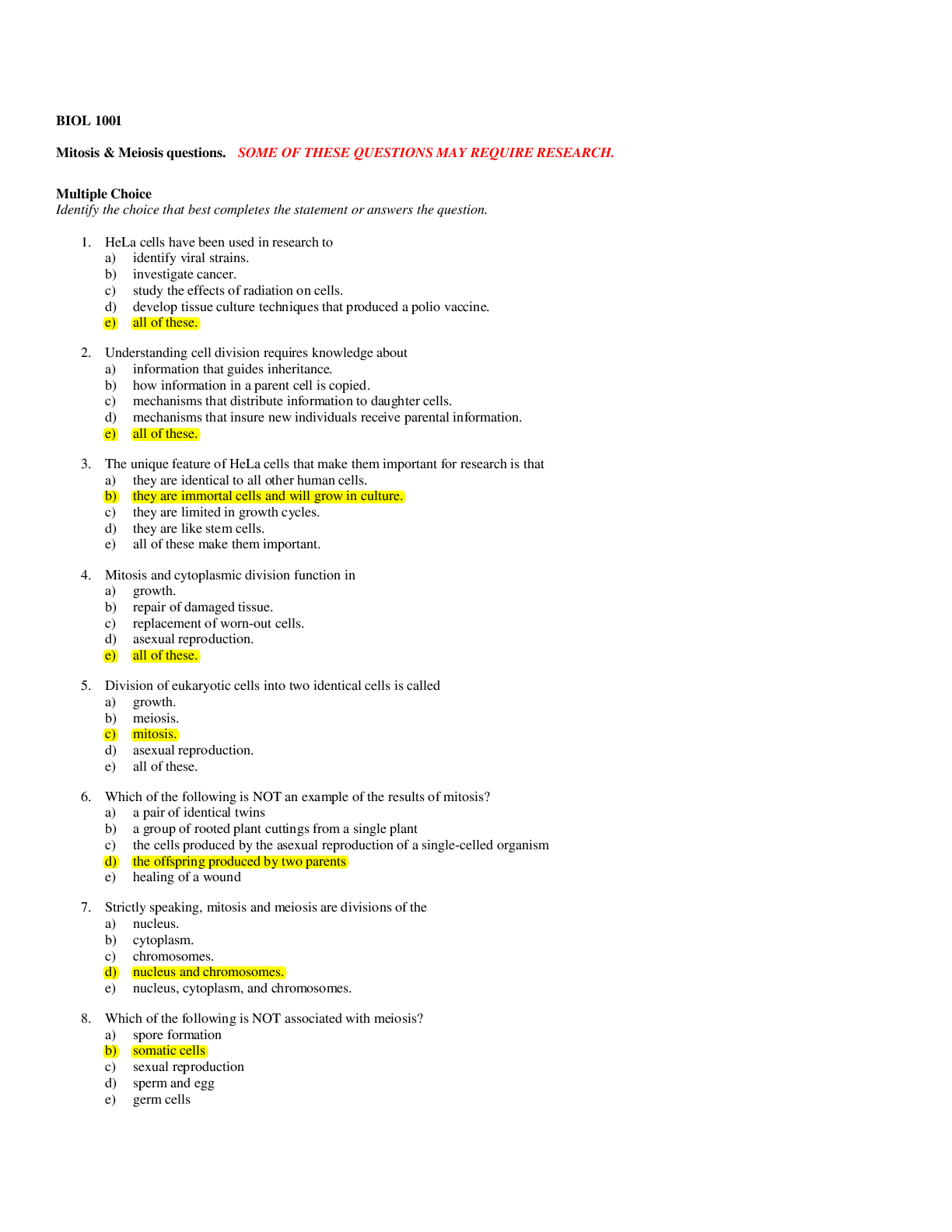
Reviews( 0 )
Document information
Connected school, study & course
About the document
Uploaded On
Aug 10, 2021
Number of pages
14
Written in
Additional information
This document has been written for:
Uploaded
Aug 10, 2021
Downloads
0
Views
44

